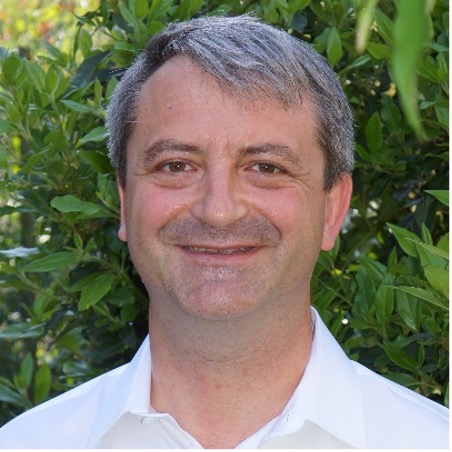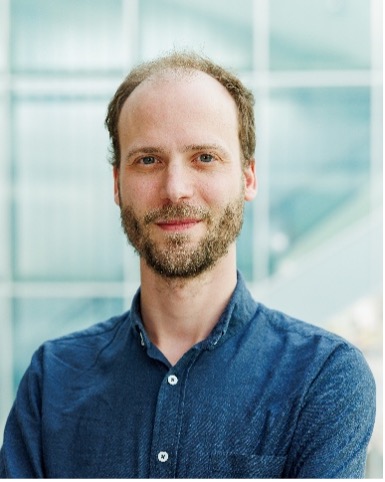Tutorial 3
Friday June 27, 8:30-9:30
Title: 5G Exposure assessment

Speaker 1: Christophe Grangeat
Nokia, France
Christophe Grangeat is Nokia EMF mitigation lead and principal system architect. He is coordinating EMF activities related to products and features, research and development, validation tests, compliance, and standardization. He is also supporting energy efficiency improvement programs. He has contributed to multiple European and national research programs. He is actively contributing to international standardization bodies such as the IEC, ITU, CENELEC and ETSI. He is the convenor of IEC TC106 MT3 working group specifying RF exposure assessment methods for base stations. He received the IEC 1906 Award in 2019 for his contribution to the standardization of RF exposure assessment methods of 5G base stations.
Title:
Progress and perspectives in international standardization of RF EMF exposure assessment methods for base stations
Summary:
The presentation will review the key principles of RF exposure assessment method for base stations specified in IEC 62232 international standard, and provide examples of implementation case studies detailed in IEC TR 62669. These methods, developed over the past 25 years, serve three complementary purposes.
Firstly, this consists of assessing the base station compliance distances in free space. This is generally performed for product type approval purposes. Secondly, RF exposure is assessed when the base station is installed on its operational site. All relevant sources and the potential impact of the nearby environment are included at this stage. It is also important to consider that the base station’s actual emissions are continuously varying in time and space due to traffic load and beamforming. The “actual maximum approach” describes how to proceed with the base station installation compliance assessment and how to leverage actual power or EIRP monitoring and control features during operation. Finally, in-situ measurement methods are provided, including the methods used to extrapolate the maximum exposure levels. All applicable measurement and calculation techniques are described in dedicated annexes.

Speaker 2: Sam Aerts
Hague University of Applied Sciences (THUAS), Netherlands
Sam Aerts is an associate professor in the Smart Sensor Systems research group The Hague University of Applied Sciences (THUAS) since 2023. He received the M.Sc. degree in Engineering Physics and the Ph.D. in Electrical Engineering from Ghent University, Belgium, in 2011 and 2017, respectively. His research domain includes sensor networks and electromagnetic field exposure assessment in mobile telecommunications networks
Title:
EMF Exposure in Telecom Networks: Past, Present, and Future
Summary:
Over the past few years, RF-EMF exposure assessment near telecom base stations has rapidly advanced from traditional one-time spot measurements and average exposure estimates to long-term monitoring using distributed sensor networks, user-centric measurement campaigns with on-body and on-device sensors, and computational modeling that integrates heterogeneous data sources. Whereas legacy networks broadcast signals sector-wide, 5G’s user-focused beamforming requires exposure assessments to account for dynamic resource utilization and spatiotemporal signal variations. Innovative tools now enable detailed, real-world characterization of both environmental (far-field) and auto-induced (near-field) exposures. Looking ahead, the field is moving toward dense, fast-sampling sensor deployments, seamless integration of measurement and infrastructure data, and advanced modeling techniques to provide high-resolution spatiotemporal exposure profiles. These developments support both public risk communication and scientific research, with ongoing efforts to harmonize methodologies across Europe and to address emerging challenges such as the ever-growing number of wireless devices, the introduction of new frequency bands, and the potential effects on non-human organisms.”